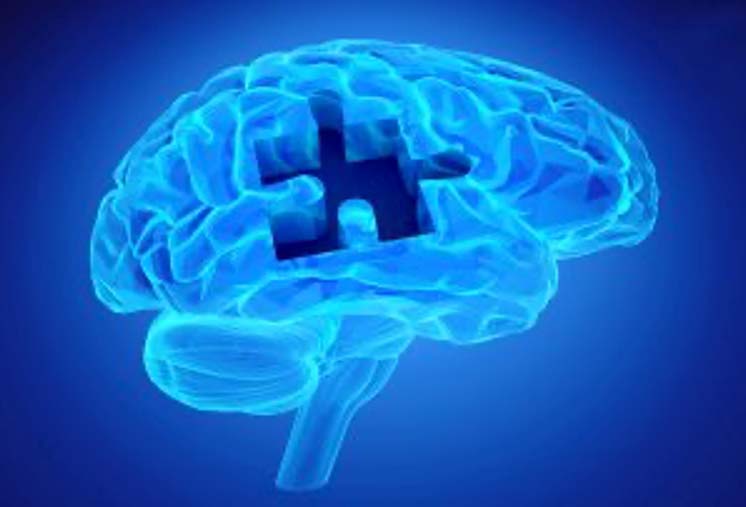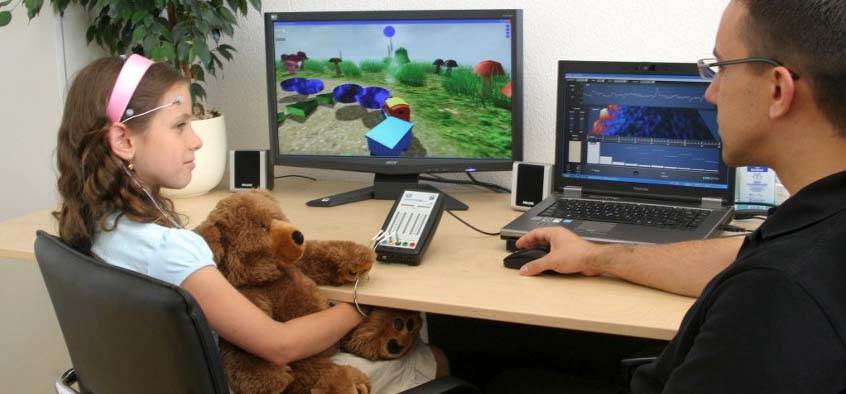Neurofeedback for Children
 As a parent, all you want is to see your child succeed in their life. If your child suffers from a brain-based disorder, daily functioning becomes more difficult which can tremendously burden families. Symptoms we commonly treat include hyperactivity, impulse control difficulties, anxiety, learning disabilities, basic body regulation, focus, obsessive or compulsive tendencies, sensory regulation difficulties, and behavioral control challenges. Parents often struggle to find the right course of treatment to ensure that their child can grow up to be a well-adjusted adult and experience academic, career, and personal success.
As a parent, all you want is to see your child succeed in their life. If your child suffers from a brain-based disorder, daily functioning becomes more difficult which can tremendously burden families. Symptoms we commonly treat include hyperactivity, impulse control difficulties, anxiety, learning disabilities, basic body regulation, focus, obsessive or compulsive tendencies, sensory regulation difficulties, and behavioral control challenges. Parents often struggle to find the right course of treatment to ensure that their child can grow up to be a well-adjusted adult and experience academic, career, and personal success.

Early intervention is a major factor when it comes to helping your child succeed. Neurofeedback may be a treatment of choice for any of the following reasons:

Neurofeedback is painless exercise for the brain waves, and it is medication free!
- Neurofeedback begins with an initial occupational therapy evaluation to identify where the child is struggling to function, and which symptoms need to be targeted. Once this has been identified, a protocol is then developed to target the areas of the brain that need to be balanced. The neurofeedback sessions that follow involve the child having 3 electrodes pasted to their scalp, while they watch a computer screen with a movie or simple game of choice playing. The video screen gives them visual and sound-based rewards when their mind naturally creates healthier brainwaves. This is a pleasant process that exercises targeted brain waves to get them stronger, and to help them function at their best. Children complete a minimum of 40 sessions with our symptom-based tracking program to address the list of common conditions listed above.
- Neurofeedback sets a child up for a future of academic success.
- Children who participate in our neurofeedback sessions often show gains in their focus, behavioral control, sleep, ability to take in information when learning, grades, organizational skills, and homework success.
Frequently Asked Questions
No, the electrodes pasted on your child’s scalp only send messages about the surface level of brain waves into the computer, and the computer shows you visually what your brain waves are doing, by playing visual feedback that slows down when you are not producing the right balance of brain waves, as set by the computer.
No, it’s a program that visually displays your brain wave activity on a computer, so that your body can subliminally self-correct so the visual feedback can be less interrupted. Some children may feel excited or bored with the feedback if the settings are not set optimally for your child. Adjustments are made immediately in the sessions, to help your child find the settings that allow them to feel “just right”. When exercising brain waves at the “just right” settings, your child will feel alert and calm, in an appropriate way for his or her age.
You should expect to complete a minimum of 40 sessions to help your child solidify his or her brain state regulation skills. Each child is different; however, we have noticed that children who have moderate to severe overall deficits, often require more than 40 sessions. Some have completed 60-80 sessions, and then been discharged with very favorable gains.
While there is no set age, we typically start children on this program at 4 years of age or older, and only when we feel that this program is going to be more beneficial for your child than any other type of therapy. Sensory therapy is always completed first if needed, as it helps a child learn and grow more naturally through movement and play. Neurofeedback if often completed as an additional program once a child presents with good sensory processing skills, yet still displays symptoms of inattention, impulsivity, general regulation difficulties (i.e.- sleep and mood), or anxiety. These are symptoms that may be otherwise treated with medication, but the parents and therapist agree to try this program first.
It is recommended that your child taper off sessions once he or she has achieved the desired targeted goals. When your child is able to maintain therapeutic gains between sessions, one time per week, and then one time, every other week, then he or she should be able to maintain gains consistently. An 8-month break is then recommended, as your child’s brain waves have the ability to continue to mature even more for up to 8 months after stopping sessions! If additional sessions are needed after the program is completed, it is usually 1-2 sessions total, for a quick tune-up. Otherwise, gains made by using this program are expected to be maintained without further intervention.
